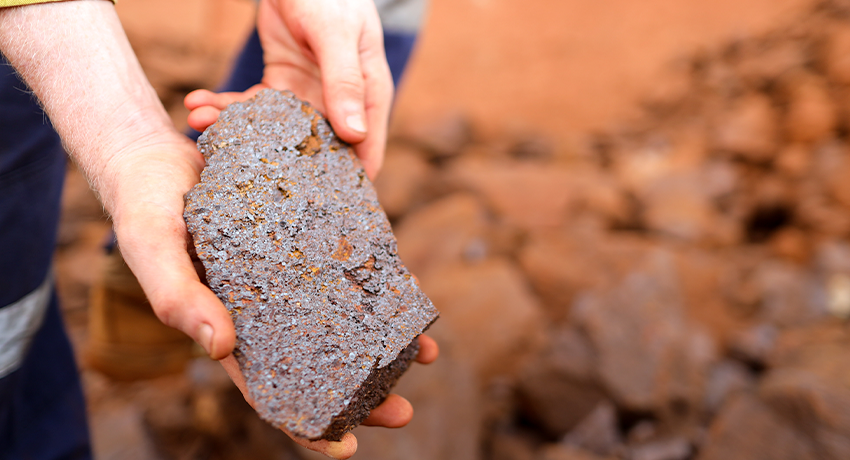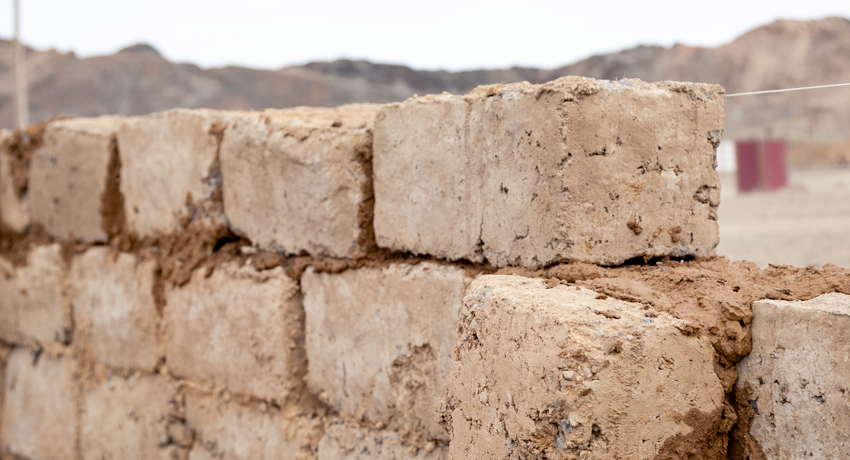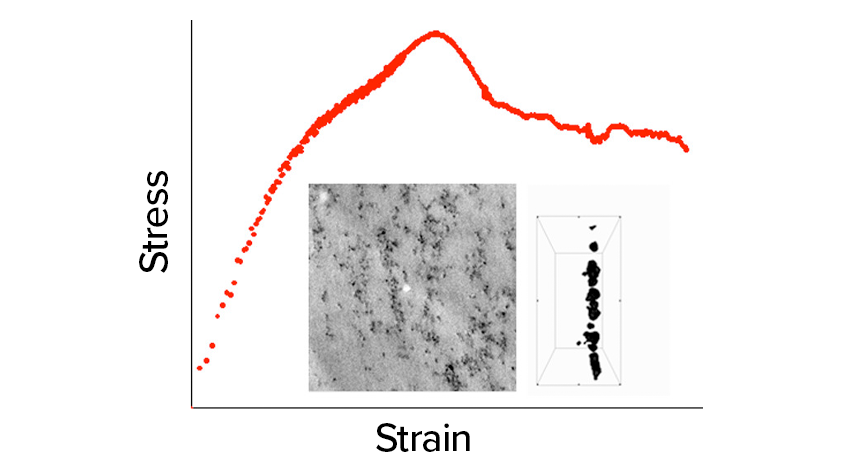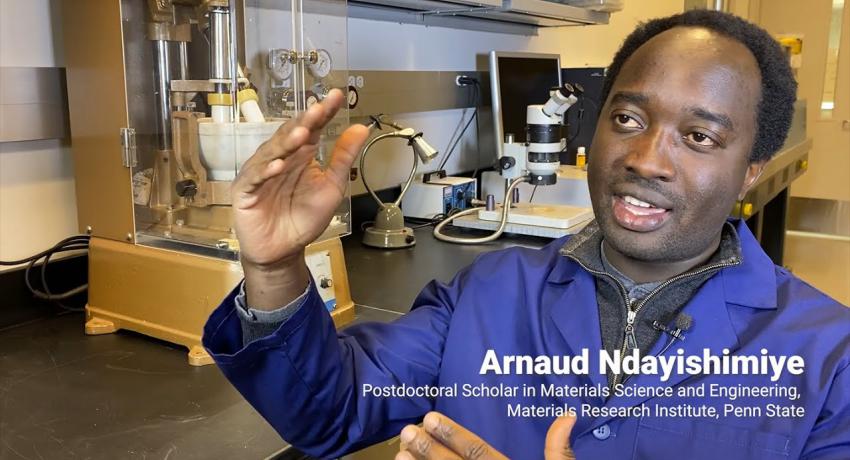Cold sintering of ceramics instead of high-temperature firing
Most sintering processes occur at high temperatures >1000°C. This technology is a protocol to achieve dense ceramic solids at extremely low temperatures (< 300°C) via integrating particle, particle-fluid interface control, and external pressure to allow the cold sintering process (CSP). CSP uses a transient aqueous environment to effect densification by a mediated dissolution-precipitation process. These temperatures enable co-sintering of ceramic materials with other materials such as thermoplastics to develop unique composites and new functionalities in a single step process. The researchers have reduced the technology to practice using over 50 compositions, including advanced ceramics such as BaTiO3 and ZrO2, which are used extensively in electronic devices, among many other applications.
Focusing on sustainable materials to create buildings that can withstand natural disasters as well as crises brought on or exacerbated by climate change, such as extreme heat waves, while also reducing the carbon footprint of the building by requiring less energy to heat or cool it.
Penn State researchers have developed a potential “magical material” through a process called cold sintering, which blends a ceramic and an organic salt to create a new hybrid material. The composite combines the conductive properties of the ceramic with the flexible mechanical properties of the organic salt. The batteries made with this material would be more conductive, last longer and be easier to recycle.




